Coffee Grinder Maintenance: How to Keep It Fresh
Caring for your coffee grinder is crucial for ensuring a consistently fresh brew. Regular maintenance not only prolongs the life of your grinder but also significantly enhances the flavor of your coffee. The best coffee grinder for home use requires attentive upkeep, primarily through regular cleaning. Understanding how to clean your coffee grinder involves disassembling the key components, briskly removing residue, and ensuring the surfaces are free of coffee oils, which can turn rancid over time.
By dedicating a few minutes each week to maintenance, you can savor the true quality of your coffee beans with each cup. Remember, a well-maintained grinder leads to exceptional coffee, cup after cup.
Daily Maintenance Practices for Your Coffee Grinder
A consistent practice in maintaining your coffee grinder is essential to keep your coffee tasting its best. This process, tracing its evolution from the late 18th century when early manual grinders were first introduced, highlights the significance of routine care. Each day, start by unplugging your grinder and giving it a gentle shake to dislodge any loose particles. A small, dedicated brush can help sweep out grinds from the crevices, ensuring that residue doesn't impact the grind’s texture. This daily ritual not only extends the lifespan of your grinder but also maximizes its efficiency.
To maintain the best coffee grinder for home use, address key components daily. Empty the grind chamber to prevent stale odors from affecting fresh beans. Use a dry cloth to wipe down accessible parts and reduce the build-up of oils, which can become sticky and affect performance. Familiarity with how to clean a coffee grinder ensures your appliance runs smoothly, maintaining the quality and aroma of your coffee each morning. Regular attention to maintenance may seem simple, yet it plays a crucial role in keeping your grinder running smoothly, maintaining that sought-after freshness.
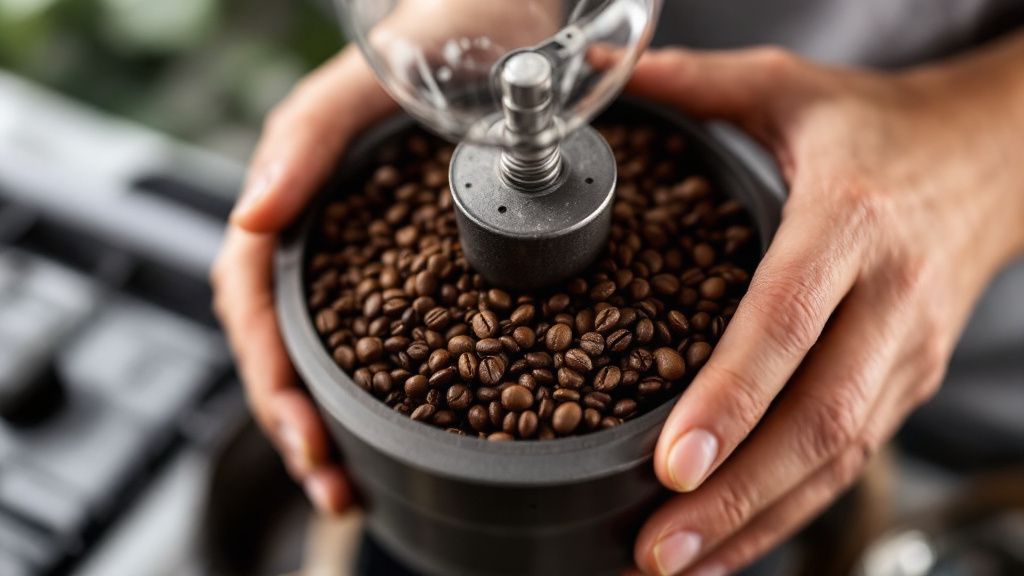
Deep Cleaning Your Coffee Grinder
Deep cleaning your coffee grinder involves more than just daily upkeep; it requires a detailed approach to ensure optimal performance. Start by disassembling the grinder according to the manufacturer's instructions, which typically involves removing the bean hopper and the burrs. Use a soft, dry brush to sweep out remaining grinds and particles. This meticulous step prevents old coffee remnants from affecting the flavor of future brews.
Next, it's essential to pay attention to the burrs since they're critical to providing a consistent grind. Wipe them with a damp cloth to clear away oily buildup, which can negatively impact the taste of your coffee. If your model allows, washing the removable parts in warm, soapy water enhances cleanliness. Dry each piece thoroughly before reassembly to prevent rust or damage.
One unpopular opinion about coffee grinder maintenance is that some believe monthly deep cleans are unnecessary. This perspective overlooks how oils and residues can accumulate, affecting not only taste but also the grinder's longevity. Regular, thorough cleanings once a month help maintain the grinder's effectiveness and ensure your coffee's freshness.
Don't forget to inspect the grind chamber for any hidden debris, which can compromise your machine's functionality. Use a vacuum or canned air to blow out particles in hard-to-reach areas. This ensures no residue is left to dissipate the rich aroma of freshly ground beans. Completing this step assures you of a clean slate for your next brew.
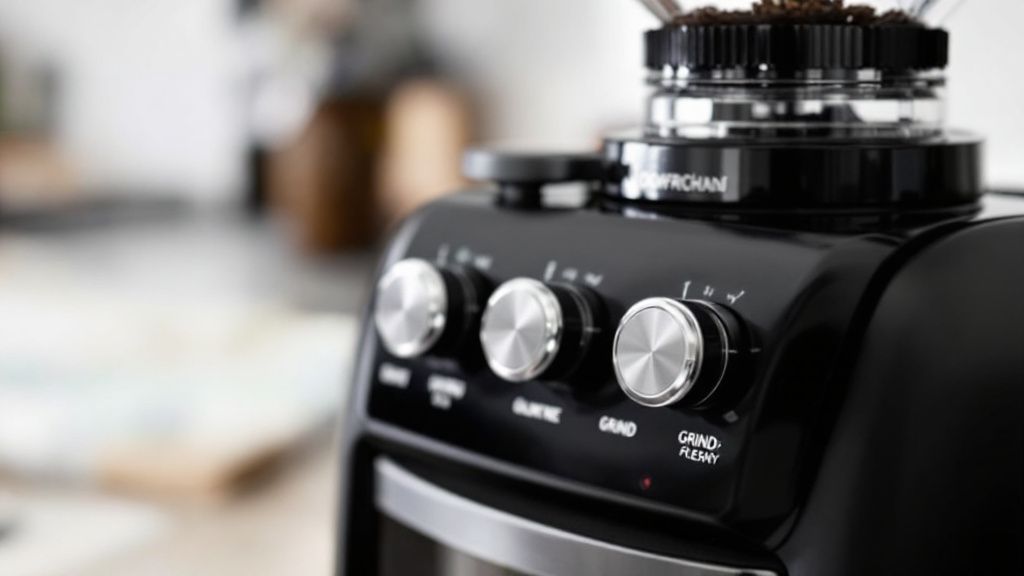
Adjusting Grind Settings for Optimal Freshness
Achieving the perfect grind setting is crucial for extracting the best flavors from your coffee. Each type of coffee preparation, whether it's espresso, French press, or drip, requires specific grind sizes. Adjusting your grinder to meet these requirements can significantly impact freshness. Regularly checking and tweaking these settings ensures you consistently enjoy a flavorful brew tailored to your taste preferences.
Precision in grind size enhances the aroma and taste profile of your coffee. Finer grinds often result in a more intense flavor, while coarser grinds may create a smoother, milder brew. Experimentation is key to unlocking the potential hidden in your beans. Becoming familiar with your grinder's adjustments can also optimize freshness and quality, allowing you to savor each cup at its peak.
In the next few years, advancements in technology are likely to lead to more automatic grind settings tailored for optimal freshness. These innovations could simplify the process and ensure that even amateur coffee enthusiasts achieve barista-quality results at home. Embracing these changes will enhance your coffee experience and maintain your grinder's peak performance.
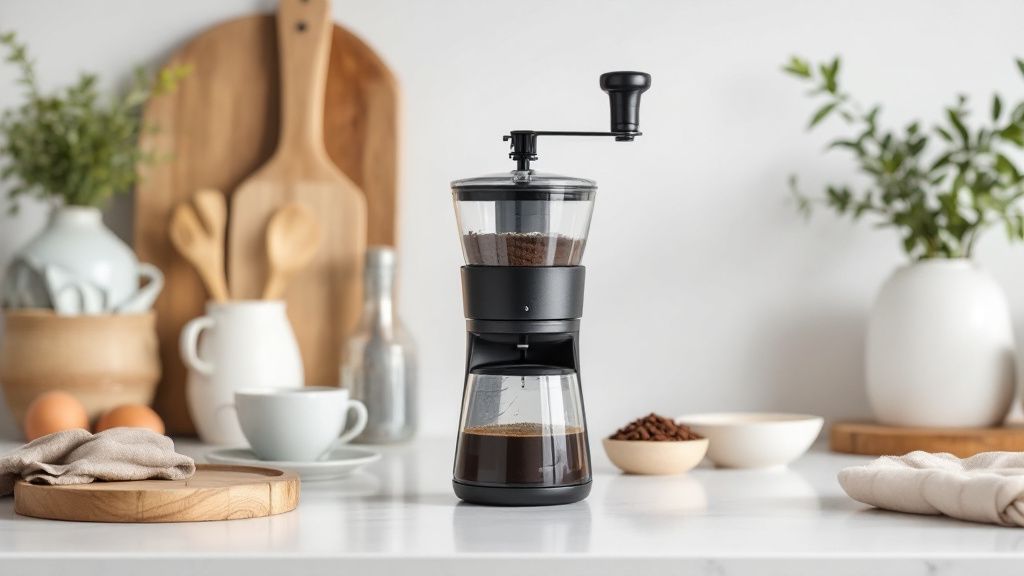
Storing Your Coffee Grinder Properly
Proper storage of your coffee grinder is key to maintaining its performance and prolonging its lifespan. Keep your grinder in a dry, cool environment to prevent damage caused by moisture or heat exposure. It's essential to ensure that the storage area is clean and free from spills or residue, as these can cause the grinder to absorb odors and affect future uses.
Consider dedicating a specific spot in your kitchen, away from direct sunlight and heat sources, for storing your coffee grinder. By creating a designated space, you're more likely to maintain your grinder's cleanliness and availability. This also minimizes the risks associated with frequent relocation, which can lead to wear and tear.
For example, many coffee enthusiasts opt to store their grinders in cabinets, away from the stove or oven, ensuring that temperature fluctuations don't impact their functionality. This simple practice protects the electrical components and maintains the grinder's performance over time. It's an easy way to keep your equipment in top shape and ready for action whenever needed.
Additionally, make sure your coffee grinder is unplugged when not in use. This precaution reduces the risk of electrical issues and keeps both the grinder and its surroundings safe. Furthermore, store it with all the removable parts intact, as this not only prevents misplacement but also ensures everything is clean and protected until the next use. Taking these steps guarantees your grinder stays fresh and efficient.
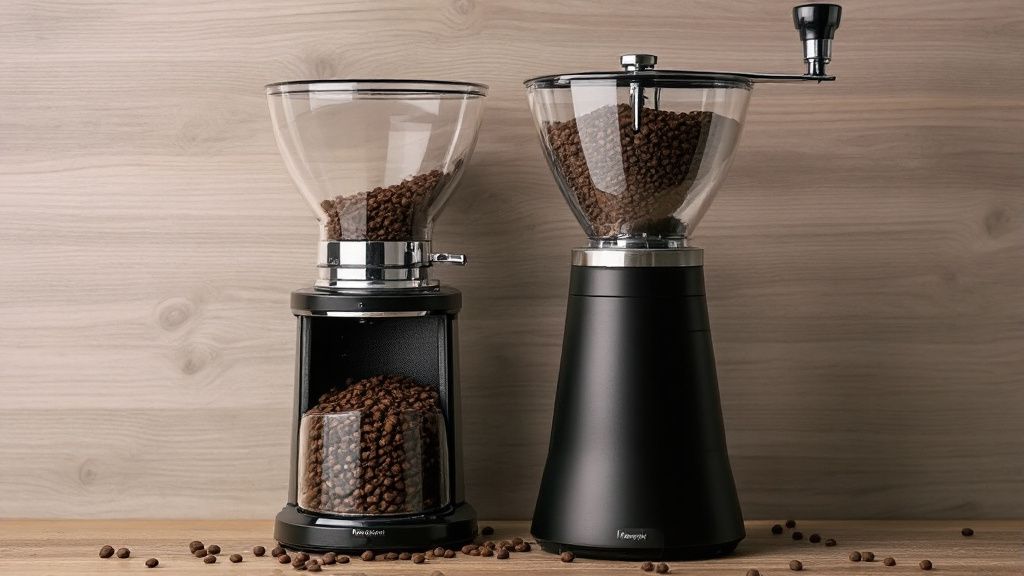
When to Replace Your Coffee Grinder
Knowing when to replace your coffee grinder is crucial for ensuring the continued quality of your coffee. Begin by monitoring the grinder's performance; a noticeable decline in grinding efficiency or inconsistent grind size often indicates the need for a replacement. As the years pass, wear and tear on the internal components can reduce effectiveness and impact flavor consistency.
One of the most frequently asked questions about coffee grinder maintenance is how long a grinder typically lasts. Generally, with proper care and regular upkeep, a quality grinder can last between five to ten years. If you notice a decline in performance or unusual noises, it might be time to consider an upgrade to the best coffee grinder for home.
Regular maintenance, such as learning how to clean your coffee grinder, can prolong its life; however, when these efforts fail to revive its performance, replacing the unit might be necessary. Failing motors, persistently uneven grinds, and frequent jams are indicators that even diligent cleaning can't rectify. Investing in a new grinder ensures you continue enjoying fresh and flavorful coffee consistently.
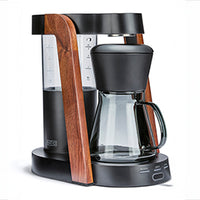 Ratio Eight S2
Ratio Eight S2
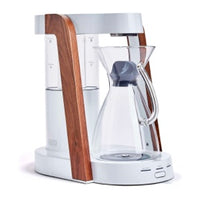 Ratio Eight Original
Ratio Eight Original
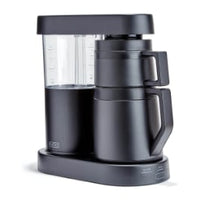 Ratio Six
Ratio Six
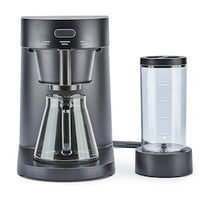 Ratio Four
Ratio Four
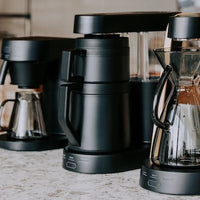 Compare Machines
Compare Machines






